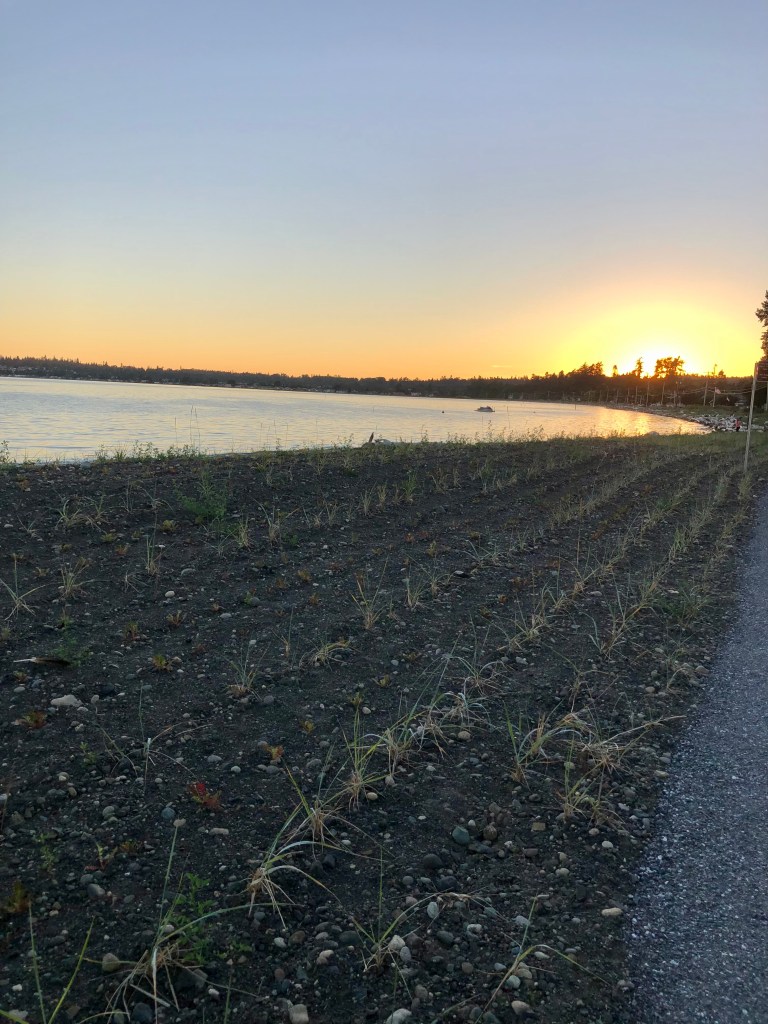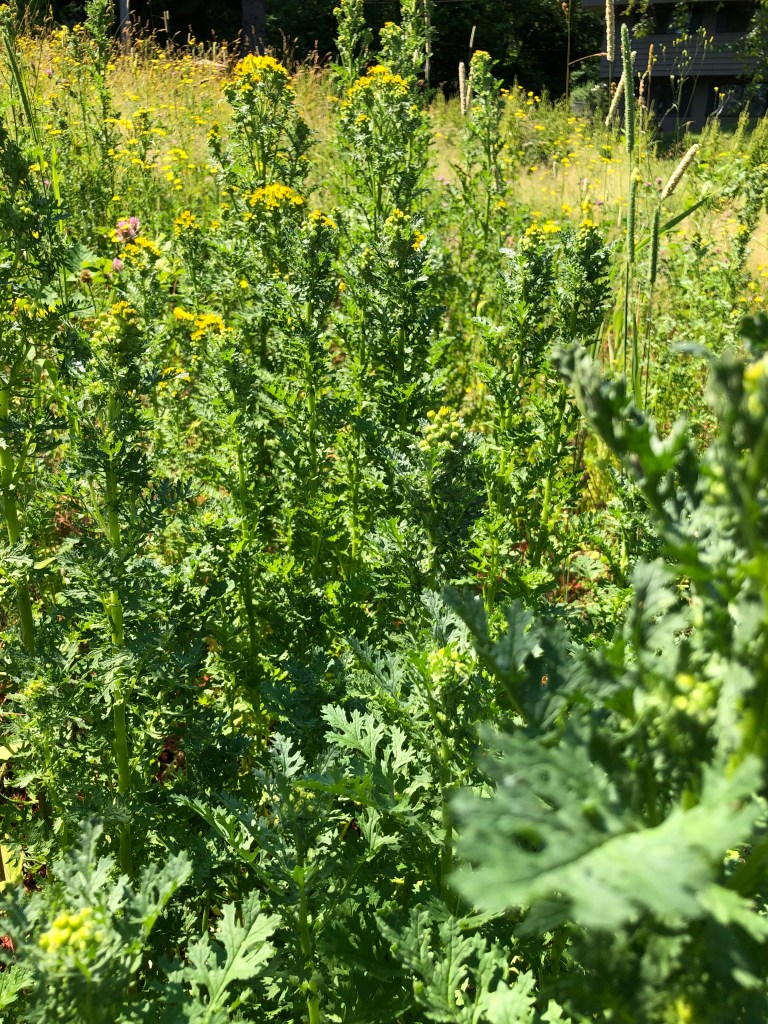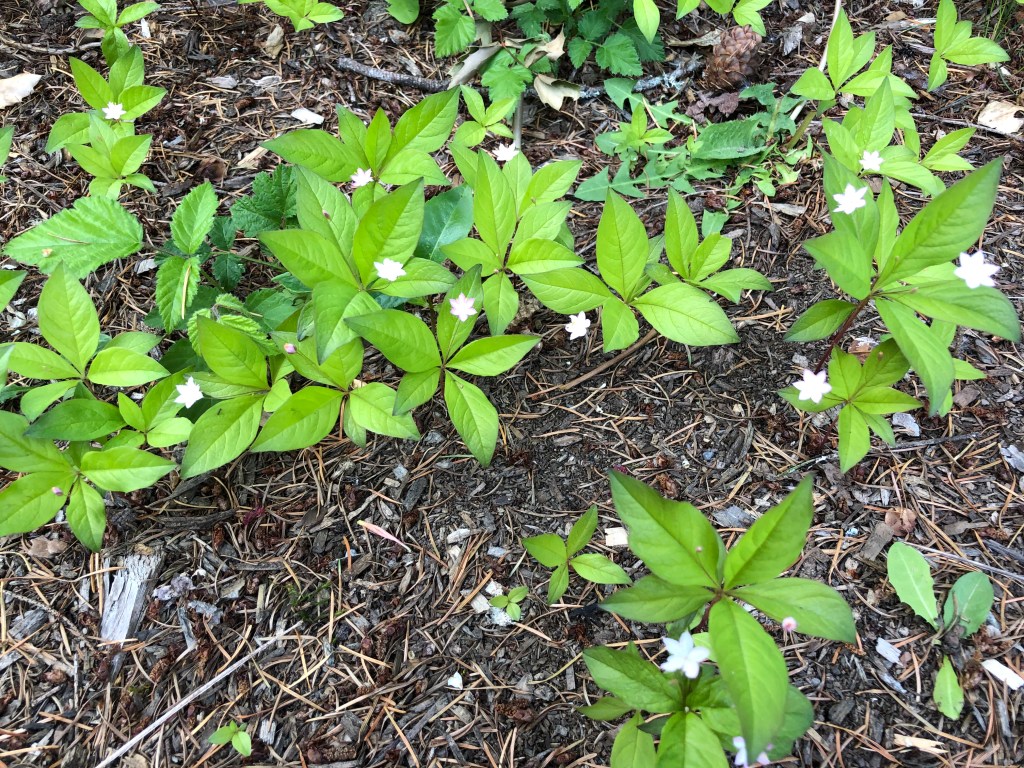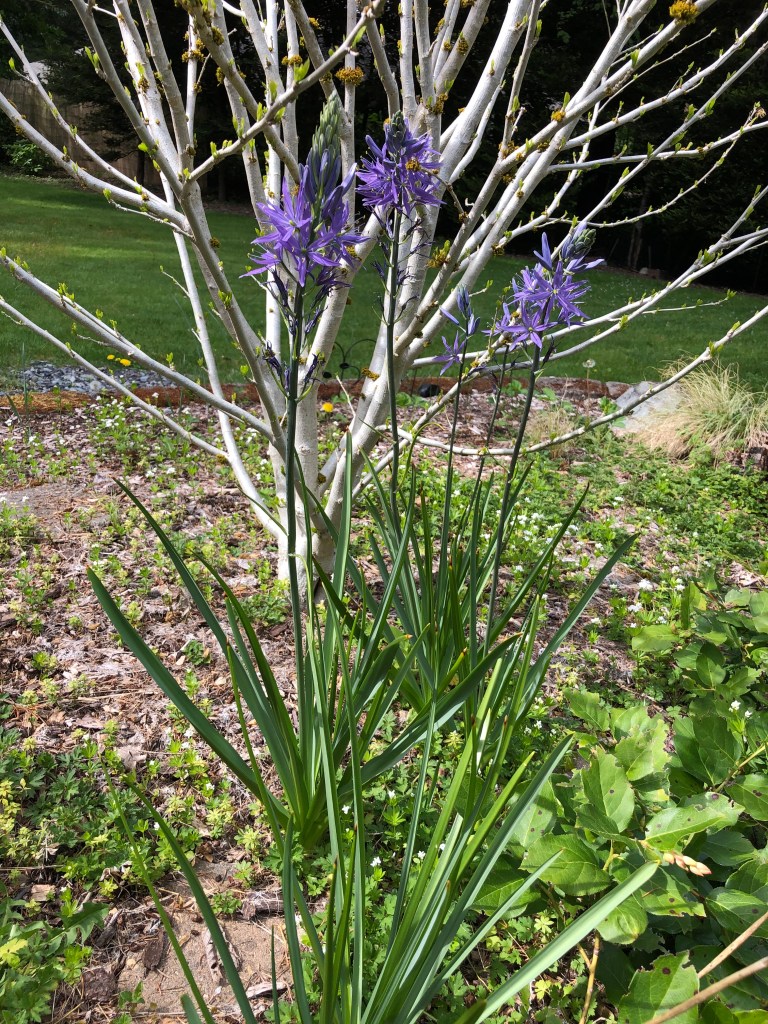I was working on a different post for this week, but I’m going to save it for next week. Right now I want to tell you about the last few days. I was fortunate to be way up north this weekend in Blaine, Washington. My reservation was made two months ago, but it was the most comfortable place in Washington state to ride out the heatwave. All the talk around here has been about the great Pacific Northwest heatwave and the collapse of a twelve-story building in Surf City, Florida. Both have resulted in a tragic loss of life and are harbingers of things to come. What can climate scientists say? We thought we had more time. We don’t.
Blaine is the last city on I-5 before you reach the Canadian border. Some lucky people living in Blaine have a gorgeous view of Vancouver, B.C.’s skyline! It’s right there, so close! I’d intended to get you a cool picture to prove it, but there was a milkshake incident. I was not the one wearing the milkshake, but let’s just say someone squeezed their plastic cup too hard. Right now, the border between U.S. and Canada is closed. A lot of us on both sides of the border are not happy about it. I miss my British Columbia people and the closure has kept friends separated from their families.
Here’s a picture of a shore habitat restoration project in Birch Bay. Behind it is the sun frying Vancouver, B.C. just a wee bit longer before it calls it a day. Shoreline restoration is important for many reasons. It provides habitat, helps reduce wind-driven erosion and tidal erosion during storms and high tides, in particular, “King tides” which is a non-scientific name for an exceptionally high tide that happens a few times a year.

Today was the first day the Pacific Northwest (PNW) got back down to cooler temperatures, though still above average for this time of year. I took the opportunity to work in the yard. There is so much work to be done! It’s a full-time job creating my own “learn as I go” habitat restoration project on 1.39 acres (0.56 hectare). I’ve tried to find experts in the field to help guide me to know avail. I often find that I end up teaching them instead of the other way around. There is a very deep pain etched in this land. It belonged to the Coast Salish tribes before the government of White colonists started dividing it up to be sold and owned.
To conquer and “civilize” the land, non-indigenous plants and crops were brought in, mostly from Europe and Asia. These are the weeds that I now fight today. Some of these plants became very invasive, some of the others were kind and play well with others, not dominating the landscape, like people or words are sometime inclined to do. Still more of them came generations later both intentionally and unintentionally through livestock manure, soil, or other secondary means.
I‘m not alone in my effort to reclaim the native plants that have been trampled on and abused. The stories of these plants are the stories of the indigenous people, who have also been trampled on and abused. They want to heal, they want to restore, and I want to help. We can’t erase the past, we can’t ignore what has already been done, but we can still work together to preserve what’s left.

The recent heat wave has invigorated the tansy ragwort (Senecio jacobaea) a highly toxic, Class B noxious weed that is threatening to take over my field of restoration. It so terrible that it has to go in the garbage and can’t go in the compost if its got a head on it. So today, in the sun I tried to remove as much as I could. I’ll be back at it again tomorrow, but its already filled up two garbage bags. That’s going to cost me extra in disposal fees. I just can’t let it go to seed though, so in desperation I’ve decided to go with the Queen of Hearts* advice and it’s “Off with their heads!” Then I can circle back around and pull it out from the roots with slightly less urgency.
I know my wars are frequently invisible and never shall I see a parade for my efforts, but this is important, even in small ways. On days when I feel like giving up and moving to a condo in the city, I take a walk and more often that not find a new native friend to greet me. My greatest successes so far has been the return of Western Starflowers and a few Great Camas.

What is a King Tide? (noaa.gov)
Tansy Ragwort (Senecio jacobaea) – King County Noxious Weed Alert (wa.gov)
Western starflower; Indian potato: Trientalis latifolia – Native Plant Guide (kingcounty.gov)
Great camas (Camassia leichtlinii ssp. suksdorfii) Plant Guide (usda.gov)
*The Queen of Hearts is a fictional character from the book Alice In Wonderland By Lewis Carroll.


The same story, different “characters” in many countries. Slowly, more in-comers are beginning to understand that the Old Ones treated this land with more respect.
I love that great Camas flower! Edible bulb, too, I note.
LikeLiked by 2 people
Yes, indeed Dinah! In one of my early college classes we looked at how similarly aboriginal populations were treated in Australia and North America (namely US and Canada, not Mexico.)
LikeLiked by 1 person
Oh God, Ragwort is a nightmare. I was eyeing the Japanese knotweed in the hedgerows earlier – it takes over everything, BUT apparently you can at least make tea from it, and it has uses.
Your restoration is looking good.
Sx
LikeLiked by 2 people
You’re too kind Scarlet. when I look, all I see the work yet to be done. It’s hard to appreciate how much of this land was actually covered in Himlayan blackberries before I started. Once that was cleared, all the weeds were “Oh, Thank you! Now we can compete!” There’s knotweed across the street that hasn’t figured out how to cross the pavement yet. Its on City property. They keep it tidy, but haven’t bothered trying to eliminate it.
LikeLiked by 2 people
Excellent work, Melanie! I’ve just got back from some lovely open gardens (photos to come) nearby in which quite a few of the plants I really liked turned out to be other countries’ noxious and invasive weeds! Fortunately, the climate here isn’t conducive to allow them to spread. For now, anyway…
Camassias are beautiful – as are those darling little starflowers!
LikeLiked by 3 people
Thank you! I look forward to seeing your pictures!
LikeLike
This us a worthwhile fight. Good luck! (K)
LikeLiked by 2 people
Thank you! Maybe by sharing more about it on this blog I’ll feel less alone in the fight. 🙂
LikeLiked by 1 person
Great effort. Every little bit helps. Thank you for reminding all of us about that.
LikeLiked by 2 people
Thank you, Lisa!
LikeLike
Dont give up and more importantly dont move to a condo in the city. I did that and…ugh it was awful. The plants need you. The land needs you. Do it! Easy for me to say sitting on the sofa but really I’ve been there and it is worth it.
Thank you for an inspiring post.
LikeLiked by 2 people
Thank you! I just spent all day in the yard today. It was a good day.
LikeLike